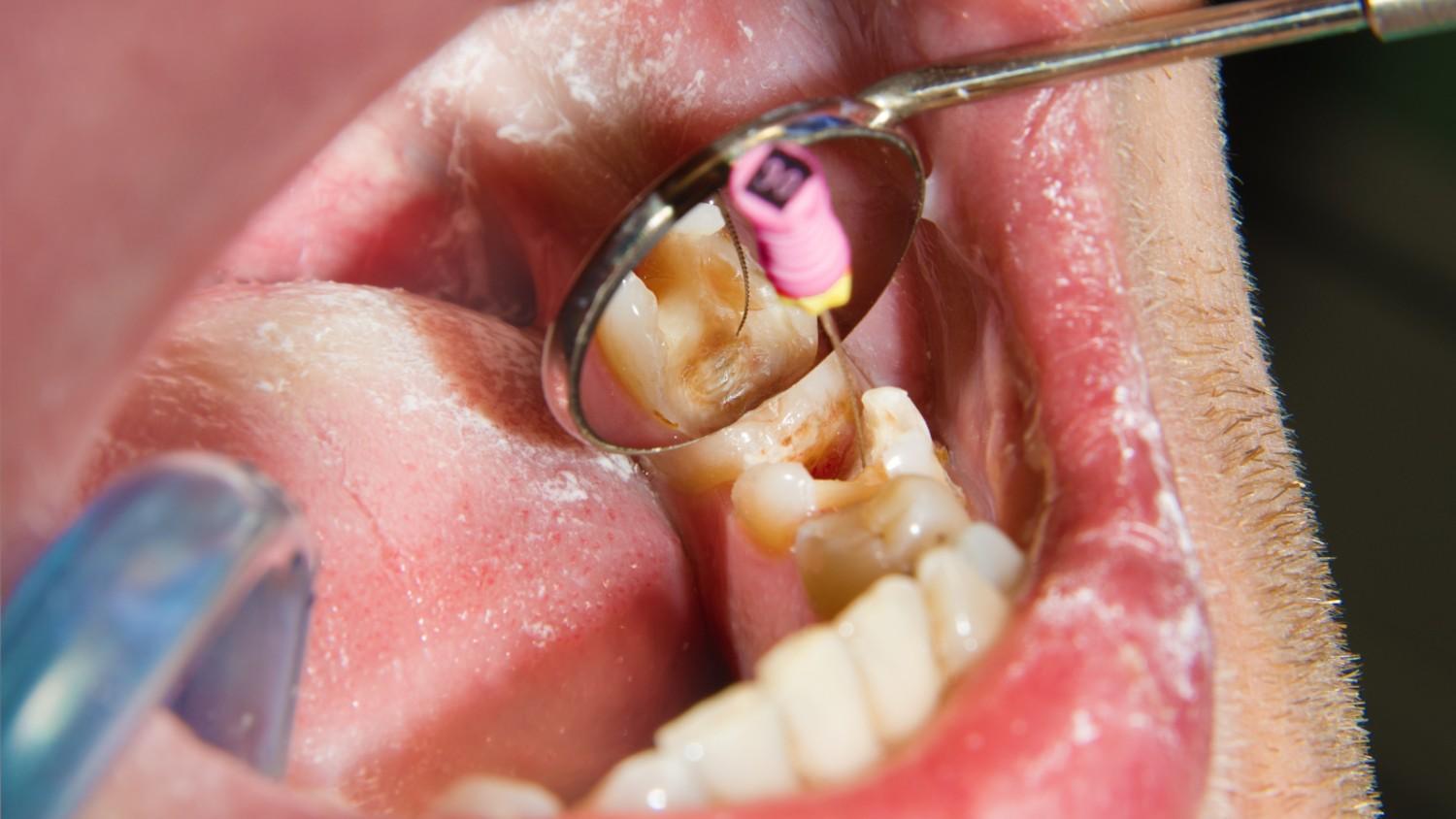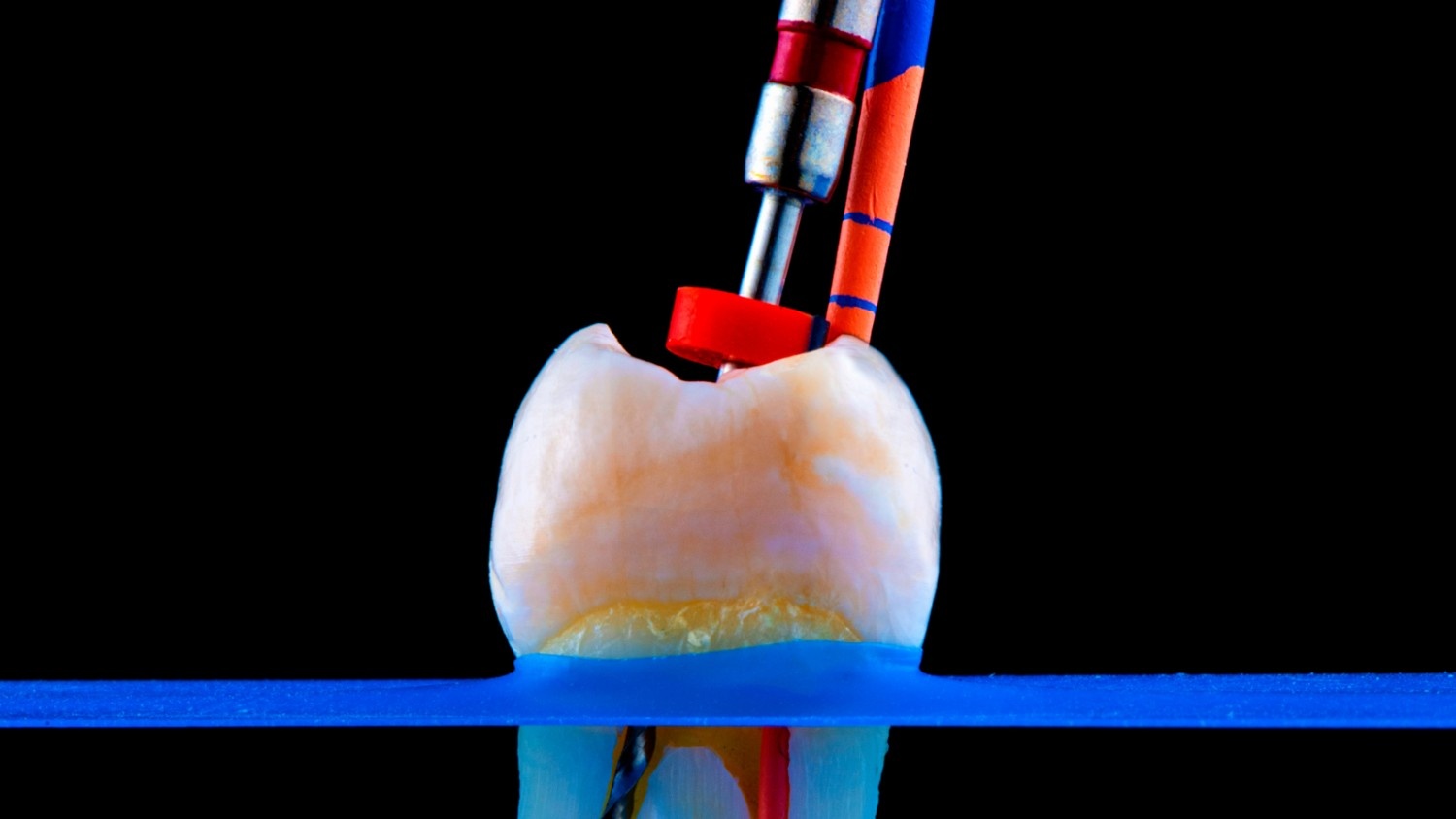How Long Will a Retreated Root Canal Last?

If you’re dealing with a retreated root canal, you may be wondering how long it will last. After going through the procedure once, the thought of needing another treatment can raise concerns about its long-term success… and quite honestly, it is understandable.
It’s natural to question whether the tooth will fully heal this time or if you’ll face more problems down the road. A retreated root canal is a way to save your tooth, but you’re likely curious about how long it will stay functional and healthy.
In this blog, we’ll explore what you can expect in terms of the lifespan of a retreated root canal and the factors that influence its durability. You’ll also discover why a comprehensive root canal retreatment is essential for achieving the best possible outcome.
Table of Contents
- Understanding Root Canal Retreatment and Why It Becomes Necessary
- Expected Lifespan of a Retreated Root Canal Compared to Primary Treatment
- Key Factors That Influence How Long Your Retreated Root Canal Will Last
- Tooth Location and Structural Integrity After Retreatment
- Quality of the Retreatment Procedure and Endodontist Expertise
- Patient Age, Health Status, and Immune System Response
- Post-Treatment Care and Oral Hygiene Maintenance
- Lifestyle Factors Impacting Root Canal Success
- Maximizing the Lifespan of Your Retreated Root Canal Through Proper Care
- Essential Daily Oral Hygiene Practices for Retreated Teeth
- Dietary Considerations and Foods to Avoid After Retreatment
- Regular Dental Checkups and Professional Monitoring Requirements
- Protective Measures, Like Night Guards and Avoiding Hard Foods
- Your Retreated Root Canal Success Story Starts Now
Understanding Root Canal Retreatment and Why It Becomes Necessary
Root canal retreatment is needed when a previously treated tooth becomes reinfected or doesn’t heal properly. During the original procedure, the dentist removes the infected pulp and seals the tooth. However, sometimes the tooth doesn’t fully recover, or bacteria find their way back in, causing reinfection.
Retreatment becomes necessary in these cases. Whether it’s because of a poorly sealed root canal or a new crack in the tooth, the infection can return, causing pain or swelling. If left untreated, these issues can lead to further damage and potentially the loss of the tooth.
The goal of retreatment is to give the tooth another chance to heal. By addressing the infection and resealing the tooth, the chances of saving the tooth and preventing more severe complications increase.
Expected Lifespan of a Retreated Root Canal Compared to Primary Treatment
A retreated root canal typically lasts 5 to 10 years, while a primary root canal can last 10 to 15 years or more. The main reason for this difference is the complexity of retreatment.
The original treatment generally has a higher success rate because it’s performed on a tooth that hasn’t been treated before. Retreatment, however, addresses existing issues, such as infection or incomplete cleaning, making it more challenging to ensure long-term success.
Studies show that the success rate for a retreated root canal is around 75% to 85%, which is lower than the 85% to 97% success rate of a primary root canal treatment. Even so, a retreated root canal can still provide relief and preserve the tooth for many years.
Key points to understand about the lifespan of a retreated root canal include:
- Lifespan: Retreated root canals last 5 to 10 years, compared to 10 to 15 years for primary treatments.
- Success rate: Success rates for retreatment are 75% to 85%.
- Functional relief: The tooth can remain functional for years, even with a shorter lifespan.
- Existing problems: Pre-existing issues, such as cracks, can affect longevity.
- Checkups: Regular monitoring is essential to catch any issues early.
The conclusion here is that while a retreated root canal may not last as long as a primary treatment, it can still offer many years of function and avoid the need for extraction with proper care.
Key Factors That Influence How Long Your Retreated Root Canal Will Last
Several factors can influence the longevity of a retreated root canal. These factors range from the tooth’s condition and placement to the expertise of the endodontist performing the procedure.
Understanding these key aspects can help you gauge how long your retreated root canal might last. Let’s dive into the specifics of what makes these factors so important.
Tooth Location and Structural Integrity After Retreatment
The location of the tooth plays a significant role in how long a retreated root canal will last. Teeth in the back of your mouth, like molars, are subjected to more pressure during chewing and grinding. As a result, these teeth are more likely to experience damage over time, especially if the tooth has undergone retreatment.
Additionally, the structural integrity of the tooth is crucial. If a tooth has lost a significant amount of structure due to previous decay or the retreatment process, it may be more prone to fracture. This weakened structure can affect the tooth’s overall lifespan, even with successful retreatment.
Quality of the Retreatment Procedure and Endodontist Expertise
The quality of the retreatment procedure is directly tied to the experience and expertise of the endodontist. A highly skilled endodontist will ensure that the root canals are thoroughly cleaned, sealed, and free of infection. This thoroughness increases the chances of a successful outcome and a longer-lasting tooth.
The role of an endodontist for root canal treatment cannot be overstated. Their experience and the tools they use play a vital role in determining how well the retreatment procedure will perform over time. A detailed and precise procedure can help the tooth heal better and last longer.
Patient Age, Health Status, and Immune System Response
A patient’s overall health, age, and immune response can all impact the longevity of a retreated root canal. Younger patients often heal faster and may have a better chance of long-term success due to stronger immune responses. Older patients, on the other hand, may experience slower healing times, which could affect the outcome of the retreatment.
The health of the patient is also essential. Those with underlying health conditions like diabetes may face challenges in the healing process, as their immune systems might be less efficient at fighting off infections. This can influence the success and lifespan of the retreatment.
Post-Treatment Care and Oral Hygiene Maintenance
Proper post-treatment care is essential to the success of a retreated root canal. Maintaining excellent oral hygiene after the procedure helps prevent reinfection and supports the healing process. Daily brushing, flossing, and regular rinsing with mouthwash can significantly reduce the risk of complications.
Without consistent care, the tooth is more vulnerable to further issues, like decay or infection. A well-maintained tooth has a better chance of staying healthy and functional for years, even after retreatment.
Lifestyle Factors Impacting Root Canal Success
Lifestyle habits can strongly affect how long a retreated root canal lasts. Smoking slows healing and raises the risk of reinfection, while diets high in sugar promote bacteria that damage teeth. Stress-related habits like grinding or clenching also put pressure on the treated tooth.
On the other hand, healthy choices, such as balanced nutrition, stress management, and staying hydrated, support better healing and long-term success.
Maximizing the Lifespan of Your Retreated Root Canal Through Proper Care
To ensure that your retreated root canal lasts as long as possible, you must focus on proper aftercare. Good oral hygiene, a careful diet, and regular checkups all play essential roles in extending the life of the tooth.
Let’s take a closer look at some essential steps to maximize the lifespan of your retreated tooth.
Essential Daily Oral Hygiene Practices for Retreated Teeth
A strong oral hygiene routine is critical in maintaining the health of your retreated root canal. Brushing, flossing, and using mouthwash regularly will help protect the tooth from reinfection and keep your mouth free from harmful bacteria.
Here are some key oral hygiene habits to adopt for the best results:
- Brush twice a day: Use fluoride toothpaste and a soft-bristle brush to clean around the treated area carefully.
- Floss daily: Floss gently between your teeth to prevent plaque buildup around the retreated tooth.
- Use antimicrobial mouthwash: This helps reduce bacteria that can lead to infection or reinfection.
- Avoid brushing too aggressively: Too much pressure can irritate the treated area and damage the tooth or gums.
By sticking to these practices, you’ll create an environment that supports healing and keeps your retreated root canal in good condition. Regular attention to your oral hygiene helps prevent issues before they arise. These simple habits can make a big difference in maintaining the health of your teeth.
Dietary Considerations and Foods to Avoid After Retreatment
Your diet plays a significant role in the success of your root canal. Foods that are too hard, sticky, or sugary can put stress on the retreated tooth or promote bacterial growth. It’s essential to choose foods that support the longevity of your treatment.
To give you further guidance, here are some key dietary habits to follow:
- Avoid hard foods: Foods like ice, hard candies, and nuts can apply too much pressure to the tooth, potentially causing fractures or damage.
- Limit sugary foods: Sugar feeds bacteria, increasing the risk of reinfection and decay in the treated tooth.
- Steer clear of sticky foods: Foods like caramel, taffy, and gum can stick to the tooth and cause discomfort or damage.
- Eat soft, healthy foods: Opt for soft fruits, vegetables, and whole grains that are less likely to cause strain on your teeth.
By being mindful of the foods you eat, you reduce the risk of harming the treated tooth. A healthy diet supports not just your root canal but your overall oral health. This step will make it easier to maintain your retreated tooth and avoid further complications.
Regular Dental Checkups and Professional Monitoring Requirements
Regular dental checkups are essential to monitor the health of your retreated root canal. Your dentist or endodontist will check for signs of reinfection or complications that could affect the tooth’s lifespan.
Consistent professional monitoring can help detect problems early, ensuring that your treatment remains successful. Diving deep into the topic, here are the key aspects of maintaining professional care:
- Schedule regular checkups: Regular visits allow your dentist to examine the tooth and check for any changes in the surrounding tissue.
- Get routine X-rays: These help detect any early signs of reinfection or structural issues inside the tooth.
- Follow your dentist’s advice: Your dentist may recommend additional treatments or monitoring based on the condition of the retreated tooth.
- Work with a trusted endodontist: Choose a reliable endodontist to monitor the long-term health of your root canal treatment.
With regular checkups, you can identify problems before they escalate into more significant issues. Regular visits provide peace of mind and increase the chances that your retreated tooth stays healthy for many years. Timely intervention is key to maintaining the success of your treatment.
Protective Measures, Like Night Guards and Avoiding Hard Foods
To protect your retreated root canal from damage, it’s essential to consider additional protective measures, especially if you have habits that could put pressure on the treated tooth. Night guards and other tools can help ensure that your tooth remains safe from excessive stress, which could lead to complications down the line.
Zooming in on protective measures, here are some key steps to take:
- Wear a night guard: If you grind your teeth while sleeping, a night guard helps protect the tooth from the pressure caused by grinding.
- Be mindful of bruxism: If you tend to clench your teeth, even during the day, a night guard can reduce the risk of long-term damage.
- Avoid using your teeth as tools: Don’t use your teeth to open packages or bite down on complex objects like bottle caps, which can crack the tooth.
- Consider a splint if needed: In some cases, your dentist may recommend a splint to prevent further stress on your treated tooth.
These simple protective steps help shield your retreated tooth from additional wear and tear. By being cautious and using protective devices, you can keep your tooth intact for years to come. Making these small changes can play a significant role in ensuring the longevity of your root canal.
Your Retreated Root Canal Success Story Starts Now
A retreated root canal can be a successful solution to save your tooth and restore your smile. While the procedure may seem challenging, proper care and regular checkups can help extend the life of your treated tooth.
Working with a team of expert endodontists ensures the procedure is done correctly, increasing your chances of a positive outcome.
With the proper habits and attention, your retreated root canal can provide long-lasting relief. Commit to following good oral hygiene and keeping regular appointments to protect your investment in your dental health.

